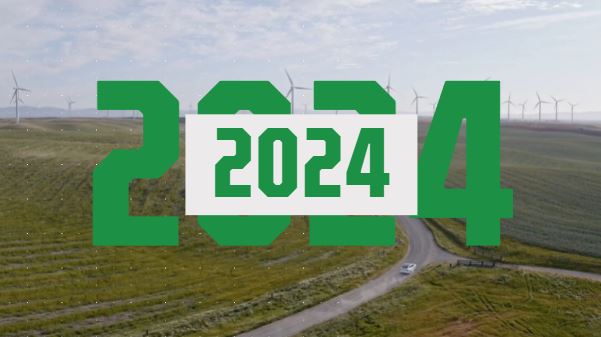
Imagine a future where Europe is no longer at the mercy of global supply chains for the critical materials that power our renewable energy technologies. This future is within reach, but only if we act now. The EU’s Critical Raw Materials Act(CRMA) is a bold step towards securing our green economy, but it requires urgent and decisive action.
Critical materials such as rare earth elements (REEs), lithium, and graphite are the backbone of modern technology. From wind turbines to electric vehicles, us vulnerable to geopolitical tensions and supply chain disruptions. Chinese companies, such as Zijin Mining Group, now regularly feature among the top global mining companies. In the worst-case scenario projected by S&P Global, copper shortfalls could reach nearly 10 million metric tons in 2035 – equivalent to 20 per cent of the demand projected to be required for a 2050 net-zero world. This is particularly concerning given that copper is critical for electrification and renewable energy transmission.
Despite the huge demand growth predicted for the energy transition, discovery rates for copper deposits globally have declined, especially for the large tier-1deposits needed to replace aging mines. The average time from discovery to production is now 28 years. This decline is not limited to copper; it extends to other essential minerals and metals like zinc, gold, and silver, which are increasingly consumed in technologies such as solar panels.
The CRMA aims to reduce this dependency by promoting domestic production, processing, and recycling. However, the road ahead is fraught with challenges and there are obvious gaps in supply chains within Europe. Currently, there is not a single Rare Earth Elements (REE) mine in the EU and only a handful of projects that could potentially supply Europe’s REE needs. Yet super magnetic REEs such as neodymium, praseodymium, dysprosium, and terbium are critical for wind turbine and EV motors, as well as various applications in defence and medical technologies.
Institutions like the KU Leuven Institute for Sustainable Metals and Minerals and its vocal director, Peter Tom Jones, have been advocating for more mining in Europe and warning EU politicians about the risks ahead if we don’t secure our own resources and try to catch up with China.
Developing domestic production is not without its hurdles. The complexity of extracting and processing these materials requires significant investment, innovation and time. For example, incumbent lithium producers are now targeting a variety of minerals, each with its own processing challenges. This complexity is mirrored in the REE sector, where new deposit types continue to processing without further investment in European processing infrastructure.
Despite the challenges, the potential value of Europe’s critical mineral production and their benefits to regional economy and security are immense. Even one or two new REE projects would spur further downstream investment, jobs, research and new technologies and build a competitive knowledge base.The clock is ticking and there is an urgent need to start supporting delivery.
Securing the benefits of European production will first require more targeted measures at both EU and local levels. For large and smaller or earlier stage projects, clarity and certainty are needed on the financial and political support that will underpin the CRMA in practice. Europe is already lagging behind other nations like the US, Canada, and Australia, which have grants for early-stage projects from exploratory drilling through to mineral processing.
Equally at local level, strategic actions are needed to set a path for faster permitting and to move Ireland into a stronger position. It is time to recognise national interest projects; establish support agencies at the local government level, and proactively engage with stakeholders and investors to help drive favourable outcomes.
Acute global demand for the critical materials used in motors, batteries and other energy storage devices is not going to subside; and those produced today could be locked into devices for up to 30 years before becoming available for recycling. The immediate focus, therefore, has to be on new domestic EU production.
The new CRMA is a positive step in the right direction and has given optimism to critical mineral promoters, but all agree that it needs to deliver meaningful action soon. For Ireland – with considerable mining heritage and strong focus on innovation and technology – this is not just a European issue but a national opportunity. We can play a pivotal role in this new frontier.
Things are now changing and at European Green Transition Plc, we recognise that opportunities are abound across the green economy. Let’s seize this moment to secure a position at the forefront of the green economy.






